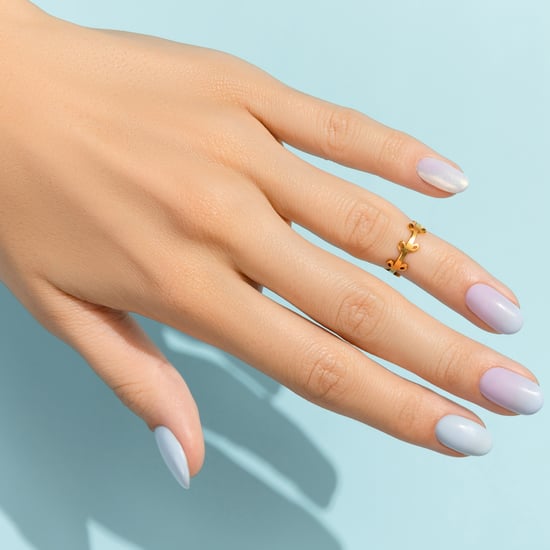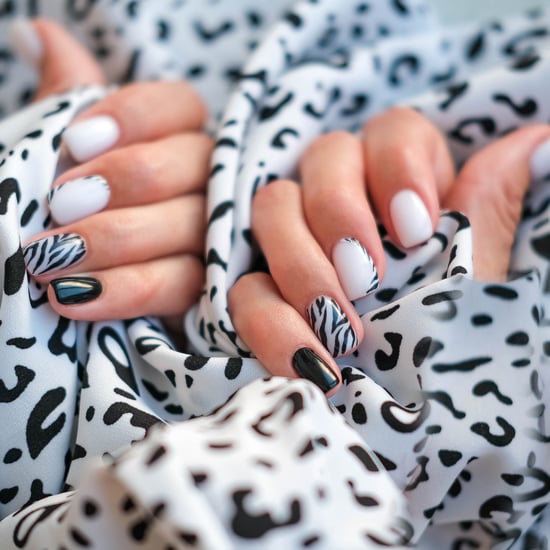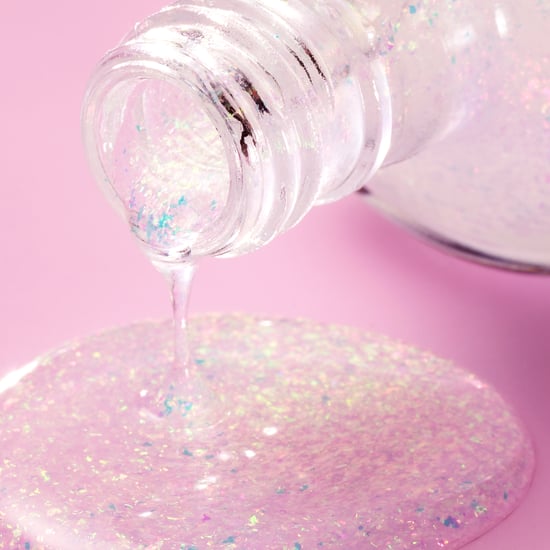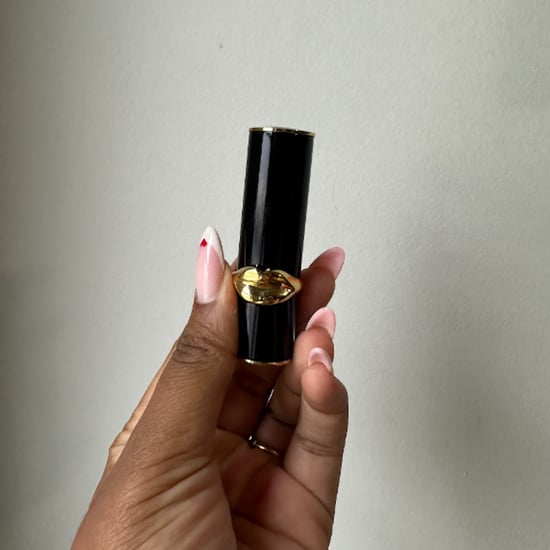Waterless Pedicure Benefits
Waterless Pedicures Are Everywhere — Here's What to Know
As POPSUGAR editors, we independently select and write about stuff we love and think you'll like too. If you buy a product we have recommended, we may receive affiliate commission, which in turn supports our work.
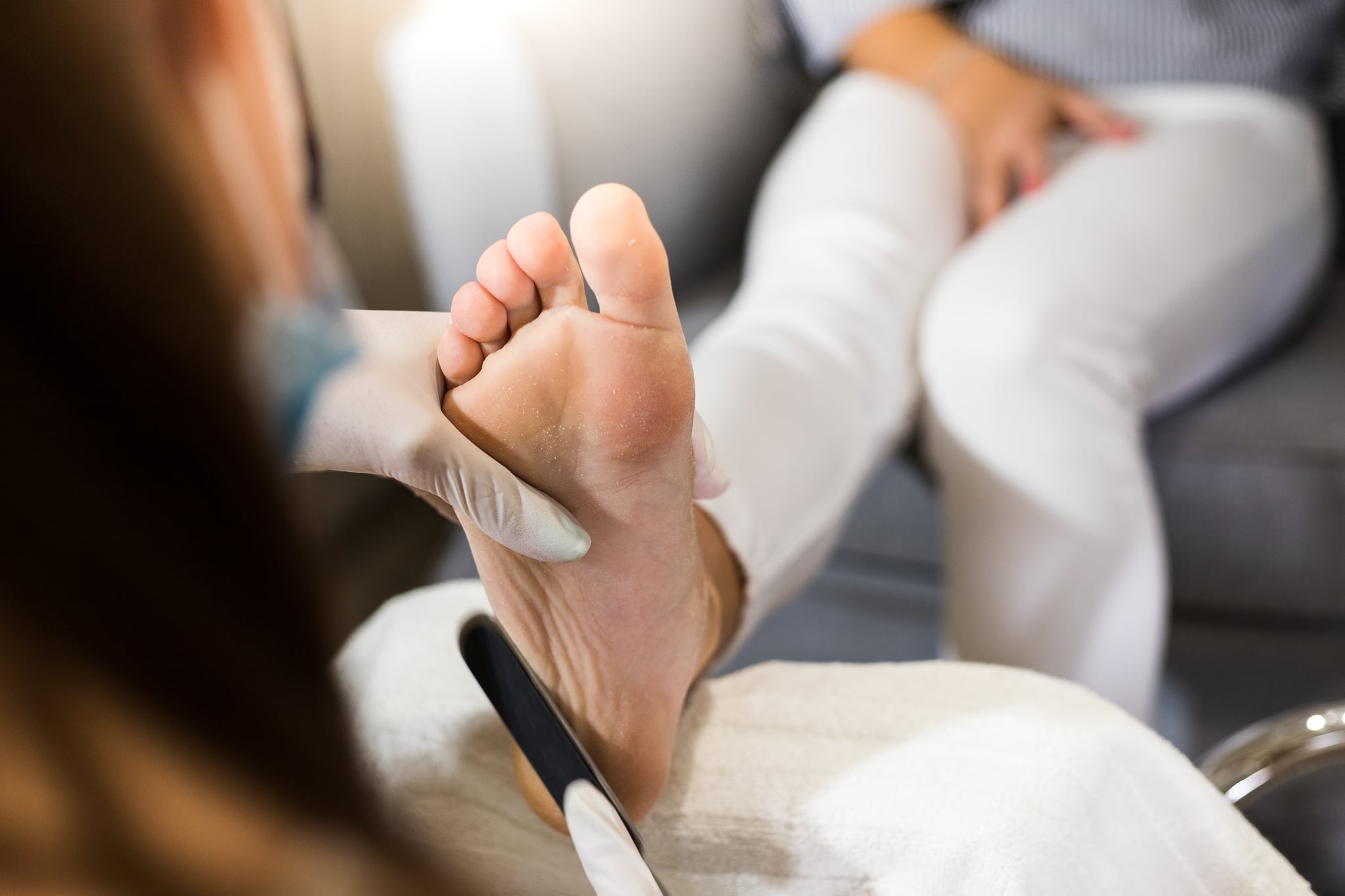
Nothing makes me feel more put together than a fresh manicure, and when my toes match my nails, I'm essentially unstoppable. I make the drive to my favourite nail salon biweekly, and I always leave feeling like a brand-new woman. There's something about getting getting a manicure and pedicure that just leaves me feeling relaxed and refreshed. Although I'm pretty set in my ways when it comes to my nail habits, there's a new trend I've been hearing a lot of buzz about that has piqued my interest: waterless pedicures.
The new take on the age-old beauty tradition claims to be more hygienic and better for your nails. Ahead, Deborah Lippman, celebrity manicurist and founder of the eponymous nail brand, answers all of our questions about waterless pedicures, like what they are and whether or not there's a benefit to making the switch.
What Is a Waterless Pedicure?
As the name implies, the service, sometimes called a "dry pedicure," is a pedicure without water. "With a waterless pedicure, you do not soak your feet in water beforehand," Lippman tells POPSUGAR.
The process involves the same steps as a regular pedicure — trimming the nails, filing the nails, scrubbing the feet, among other steps — but forgoes the tub of water you submerge your feet in at the beginning.
What Are the Benefits of a Waterless Pedicure?
First, the process promises to be more hygienic. "It's a more sanitary way of receiving a pedicure because you're eliminating the tub where lots of other people have placed their feet," Lippman says. Removing the tub from the equation means there is no cross-contamination between clients, and you also avoid the chance of contracting a water-borne infection like a rash or a fungus.
Plus, even if the nail salon is sanitising thoroughly in between customers, going waterless means your feet won't come into contact with the harsh chemicals used to clean the tub.
The service might also be better for the longevity of your pedicure. "Water is very damaging and drying to nails, which leads to polish chipping sooner," Lippman says. "The nail plate is porous and therefore absorbs water while soaking, leading it to expand. If you apply polish to an expanded nail, the polish will not adhere as well and is like to chip when the nail dries out and shrinks back to its normal state."
Lastly, going waterless is better for the environment. Filling the tub used in a pedicure service uses between 4.5 and 5 gallons of water each time, according to Tiffany, owner of Tiffany Nail Salon — which adds up when you consider how many services are completed per day. Also, eliminating the tub means that the service providers don't have to be exposed to the harsh chemicals used to clean the tubs in between each client.
What Are the Downsides of a Waterless Pedicure?
Put simply, there aren't really any downsides to a waterless pedicure that go beyond the cosmetic. "If you have very dry, cracked skin, or have eczema, sometimes there is a benefit to soaking your feet so they can retain moisture," Lippman says. However, if that's the case, she adds, "A boost of moisture can be accomplished through hydrating treatments and cream, which is what I prefer to do when doing pedicures."
